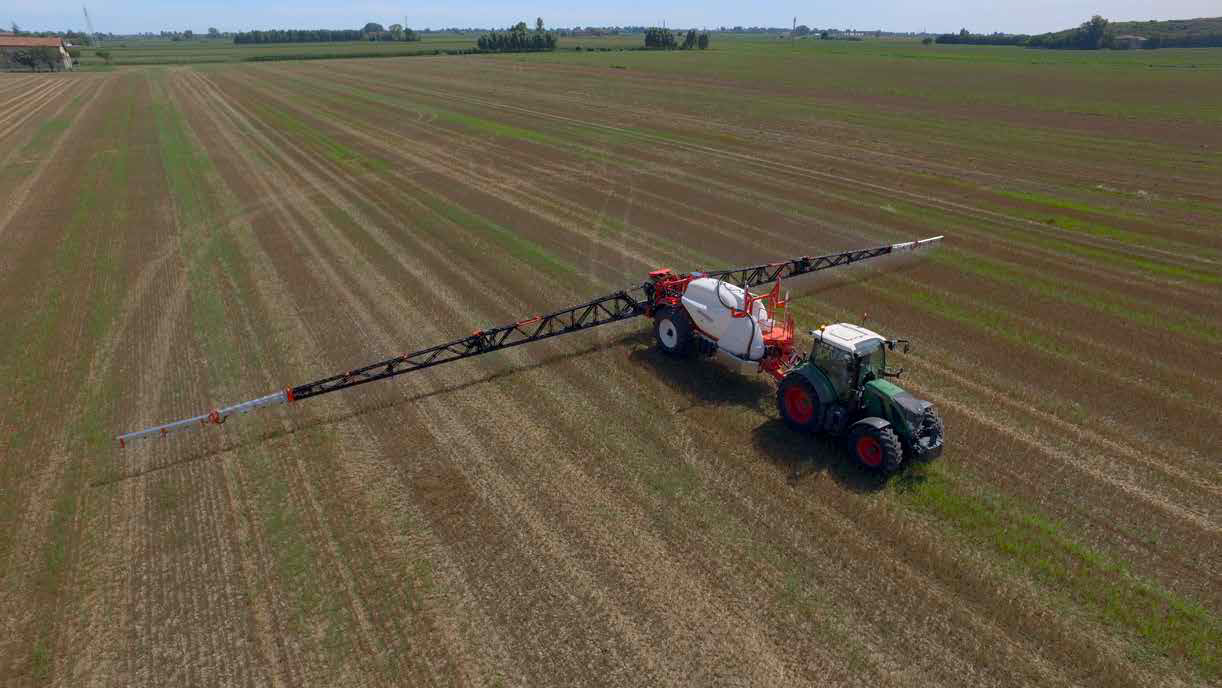Abstract
Maschio Gaspardo SpA is a leading agricultural equipment producer and supplies equipment for soil preparation, seeding, haymaking and crop protection. This case study describes how the company’s R&D team used ANYSYS and Spaceclaim to conduct Finite Element Method analyses to refine the design of a new model of a sprayer boom used by farmers to distribute phytosanitary products over fields for crop protection. The use of phytosanitary products, while important, must be limited in quantity – both to reduce costs for farmers and to reduce the negative effect of the chemicals on crop quality. The structural and dynamic performance of the spraying equipment used by farmers is fundamental to these objectives. Lightweight, reactive booms enable greater manoeuvrability, which reduces farmer work times and improves response times to threats, highly desirable factors for farmers. The case study describes the CAE techniques used in five stages of analysis on the sprayer boom’s design to reduce its weight and improve its performance and safety. The use of CAE enabled the company’s designers to reduce design costs by reducing the number of prototypes required and to shorten the design cycle.
Read the article

